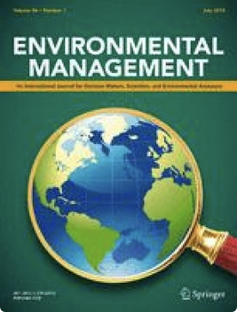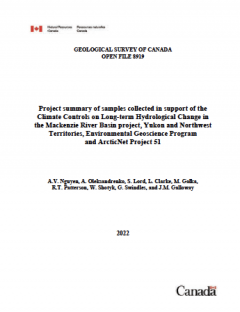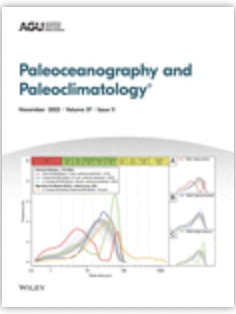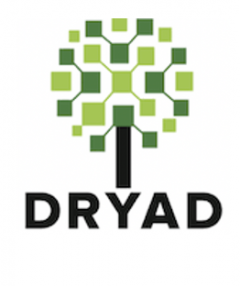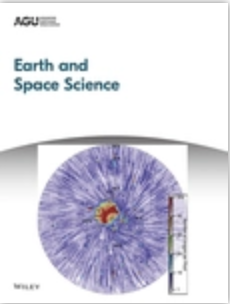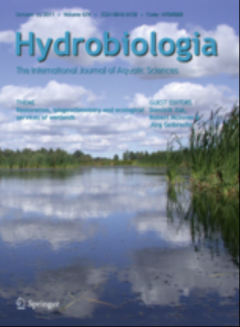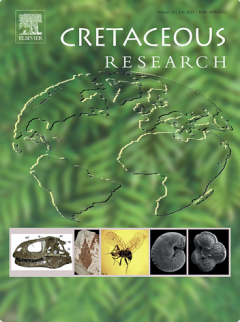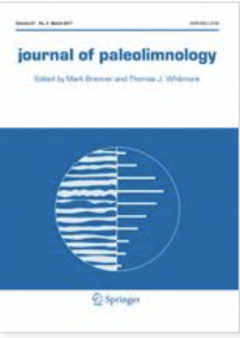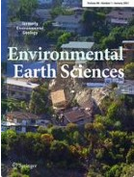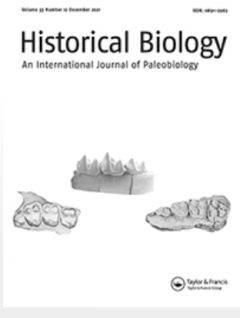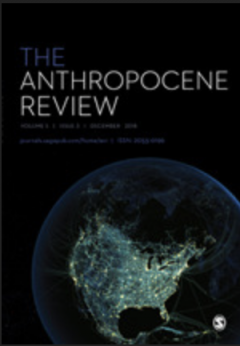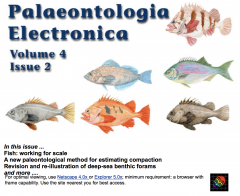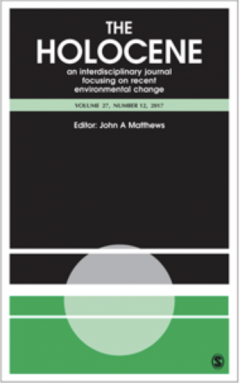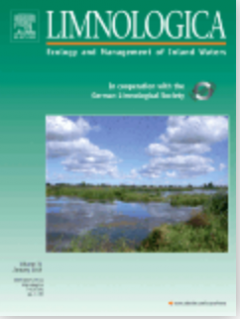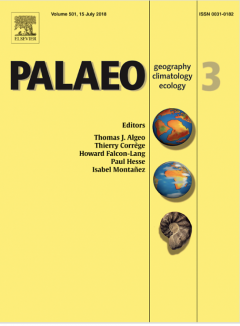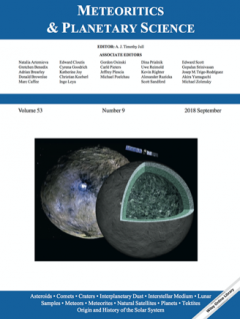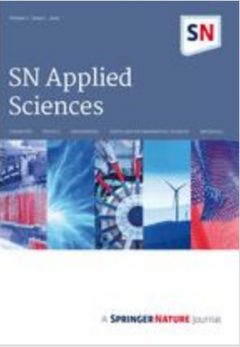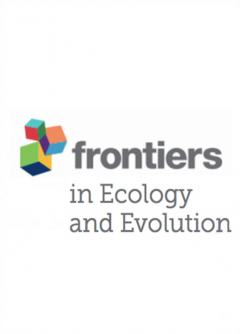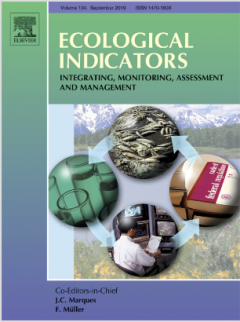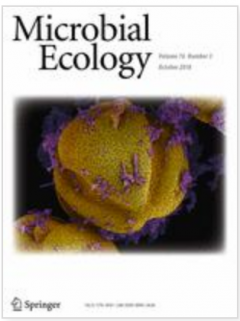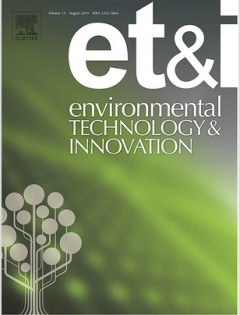Nguyen, et al. 2022. Project summary of samples collected in support of the Climate Controls on Long-term Hydrological Change in the Mackenzie River Basin project, Yukon and Northwest Territories, Environmental Geoscience Program and ArcticNet Project 51. Geological Survey of Canada, Open File 8919, 2022, 85 pages. https://doi.org/10.4095/330928
The Mackenzie River Basin is experiencing warming surface temperatures. Warmer temperatures may be affecting water levels and flows, causing warmer/drier winters, thinning ice, thawing permafrost, and changes to the surrounding ecosystems. A combined western science and Traditional Knowledge approach is being used in the study “Long-term hydrological dynamics of the Mackenzie River Basin” to create new knowledge on how and why water levels have changed in the Mackenzie River Basin. Our study focuses on the Gwich’in Settlement Area. By better understanding how past climate change has affected water levels in the basin, we will be able to make better predictions how current and future climate change may alter water levels.
This Open File reports on the western science aspect of the study of vertical sections of peat (“peat cores”) collected from peatbogs in and around the Gwich’in Settlement Area. The Traditional Knowledge component of the study is being led by Sharon Snowshoe (Gwich’in Tribal Council, Gwich’in Department of Cultural Heritage) and Trevor Lantz (University of Victoria) and is not included in this report.
Peatlands are ideal for the study of past climate change. Peat moss and other vegetation accumulates over time in them. Eight peat cores were collected from in and around the Gwich’in Settlement Area. Some of the peat cores were collected with a peat corer designed and made at the University of Alberta and some were collected with a saw to dig out a square block of peat. The peat cores range in depth from 93 cm to 22 cm. The peat cores were sliced at 5 mm or 1 cm intervals throughout their depth, and then sampled for various analyses, including 1) study of tiny fossils (micropaleontology; testate amoebae), pollen, remains of plants, and charcoal to reconstruct changes in vegetation, fire, and water levels over time; 2) geochemistry (stable isotopes) to reconstruct changes in moisture; 3) age dating to know how old the peat cores are; 4) metal concentrations; and, 5) HAWK pyrolysis to know more about the organic matter in the peat cores.
A catalogue of the cores, the samples, and the results of the age dating and organic matter analysis are included in this report. Of the peatlands sampled in the Gwich’in Settlement Area, one has a pH of <4 (ombrotrophic bog). The peat cores range in age from 214 years old to 4993 years old. The results of the organic matter analysis show that most of the peat bogs have become wetter in the more recent years.
Nagwichoonjik gwa’àn jùk gweendoo gwiiyeendoo gwiniidhah. Gwiiyeendoo gwiniidhaa k’iighè’ chuu ejùk diinch’uu, khaii guuzhik gwiiyeendo gwiniidhaa ts’àt guugaii, łuu didril, nan t’eh gwithatan nagwaaghaii ts’àt nan ejùk t’igwinjih. Jii gwitr’it geenjit gaoniłtyin kat ts’àt yi’eenoo Dinjii Zhuh nits’òo gugwiindai’ gwinjik nihkhah Nagwichoonjik gwa’àn chuu dagwahłeii yi’eenoo gwiinli’ geenjit gik’igaanjii k’iighè’ Nagwichoonjik gwinagoo’ee gwa’àn chuu jaghadeh ejùk diinch’uu gik’itr’aanjih. Gwich’in nànhkak dagoonch’uu geenjit iisrits’àt gik’itr’aanjih. Nagwichoonjik gwa’àn yi’eenoo dài’ dagwiinch’u’ geenjit gahgwidandaii k’iighè’ jùk ts’àt yeendoo chuu dagwiheech’aa gik’itraanjih.
Gwich’in Nànhkak gwats’àt nìn’ tr’oonjik, geenjit gaoniltin kat geenjit jidii gik’igaanjik jii gwidinithitł’oo gwizhìt goo’aih. Sharon Snowshoe (Gwich’in Tribal Council, Gwich’in Department of Cultural Heritage) ts’àt Trevor Lantz (University of Victoria) Dinjii Zhuh k’yuu tr’igwindaii gwinjik gik’itr’aanjii geenjit chit giinlii ts’àt guugwitr’it jii gwidinithitł’oo gwizhìt goo’aih kwàh.
Nan trah kak nìn’ nahshii geenjit gik’tr’aanjii k’iighè’ yi’eenoo diinagoo’ee nits’òo ejùk t’igwinjii gik’itr’aanjih. Nan trah kak nìn’ ts’àt gwinzhih nihłinehch’i’ gweedhaa guuzhik ezhik gwa’àn nahshih. Nànhkak gwa’àn nan trah nihk’ii daan nihłinehch’i’ goo’aii gwats’àt nìn’ chyah tr’oonjik. Nan zhìt vàh khatr’igyit University of Alberta danh tr’iłtsaii ts’at nan tr’it’ii gwi’iitsii hàh chan nìn’ tr’oonjik. Jii nìn’ 93 cm gòo 22 cm diditih. Nìn’ 5 mm gòo 1 cm diditii tr’iint’u’ tł’ee nihłinehch’i’ geenjit vizhìt kagugwinah’ìn’, jii geenjit kagugwinah’ìn’, 1) gwinzhih nihłinehch’i’ ts’àt chii juuk’àn’ k’ìt vizhìt diinich’uu geenjit gik’itr’aanjii k’iighè’ yeenoo nits’òo gwinzhih nahshii, kwàn’ gwiinli’ ts’àt chuu dagwiinch’ù’ geenjit gik’igaanjih; 2) vizhìt ejiich’ii tsal nihłinehch’i’ goonlii geenjit gik’itr’aanjii k’iighè’ yeenoo nan zhìt chuu dagwiinch’u’ natr’igwiłtsaii; dahthee aii nìn’ ezhìk goo’aii geenjit gwizhìt tr’igwinah’ìn’; iitsii dagwahłeii gwizhìt t’iinch’uu geenjit tr’igwinah’ìn’ ts’àt, thah k’iighè’ nan dagoonch’uu gwizhìt gugwinah’ìn’ k’iighè’ aii nìn’ zhìt nihłinehch’i’ jidìi diinch’uu gik’itr’aanjih.
Nìn’ nihłinehch’i’ tr’oonjik ts’àt dagwahthee ezhik t’iinch’u’ geenjit gik’itr’aanjik jii gwizhìt gwidinithitł’oh. Gwich’in Nànhkak gwa’àn gwats’àt nìn’ tr’oonjik ts’àt vizhìt tr’igwinah’ìn’ k’iighè’ vichù’ pH < 4 nìlii gik’itr’aanjik. Aii nìn’ nagwidadhat 214 ts’àt 4993 ezhik t’iinch’ù’. Vizhìt nihłinehch’i’ goo’aii tr’igwinah’in’ k’iighè’ jùk gweendoo aii nan gwiiyeendoo gwiltraa gik’itr’aanjik.
